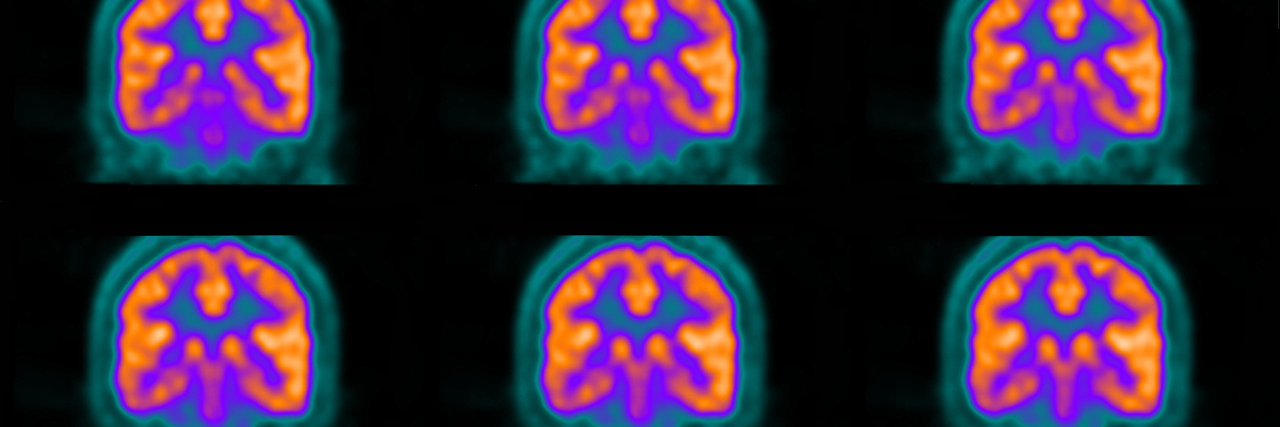A new study has found “visible” evidence of brain inflammation in those with fibromyalgia.
- What is Fibromyalgia?
- What Are Common Fibromyalgia Symptoms?
The study, conducted by Massachusetts General Hospital researchers and published in the journal Brain, Behavior, and Immunity, looked at brain glial activation in those with and without fibro. Glial cells surround neurons, acting as “insulation,” and are the most common type of cell in the central nervous system. Both neurons and glial cells act as pain mediators, though glial cell activation has been associated with chronic pain.
Although it’s been suggested that neuroinflammation plays a role in fibromyalgia, this is the first study to look at brain glial activation in fibro patients. In the positron emission tomography (PET) study, researchers looked at the translocator protein (TSPO), a protein that increases in response to activated glial cells (specifically microglia and astrocytes). They measured the levels of TSPO binding in 31 patients with fibromyalgia and 27 healthy controls to determine if glial activation plays a role in fibromyalgia.
Researchers found that TSPO binding levels were indeed higher in patients with fibromyalgia than those without. While increased glial activation may be an indicator of chronic pain in those with fibro, researchers also found a correlation between the elevated TSPO levels and the participants’ subjective reporting of fatigue. This suggests that glial activation may play a role in the pathology of both pain and fatigue.
Fibromyalgia causes symptoms such as widespread pain, fatigue, brain fog and sleep disturbances. It is often known as an “invisible” illness, leading some to believe that fibromyalgia is psychosomatic, or simply “not real.”
Marco Loggia, Ph.D., the co-senior author of the study, hopes these results will help dispel that misconception. “Finding objective neurochemical changes in the brains of patients with fibromyalgia should help reduce the persistent stigma that many patients face, often being told their symptoms are imaginary and there’s nothing really wrong with them,” he said in a press release.
Future studies with larger sample sizes are needed to determine the clinical significance of these findings, and explore whether targeting glial cells could be a potential treatment option for those with fibromyalgia.
“We don’t have good treatment options for fibromyalgia, so identifying a potential treatment target could lead to the development of innovative, more effective therapies,” Dr. Loggia added.
MORE ABOUT FIBROMYALGIA:
Fibromyalgia, a chronic illness with three main symptoms — widespread pain, chronic fatigue and cognitive trouble. Fibromyalgia is a complicated illness that’s not well understood. In the past, it was mischaracterized as a mental health disorder. Even today, some doctors wave off fibro symptoms as being “all in your head.” This isn’t the case. Read The Mighty’s comprehensive guide to fibromyalgia here. Click here to join our fibro community and connect with people who get it.
Getty Image by wenht

